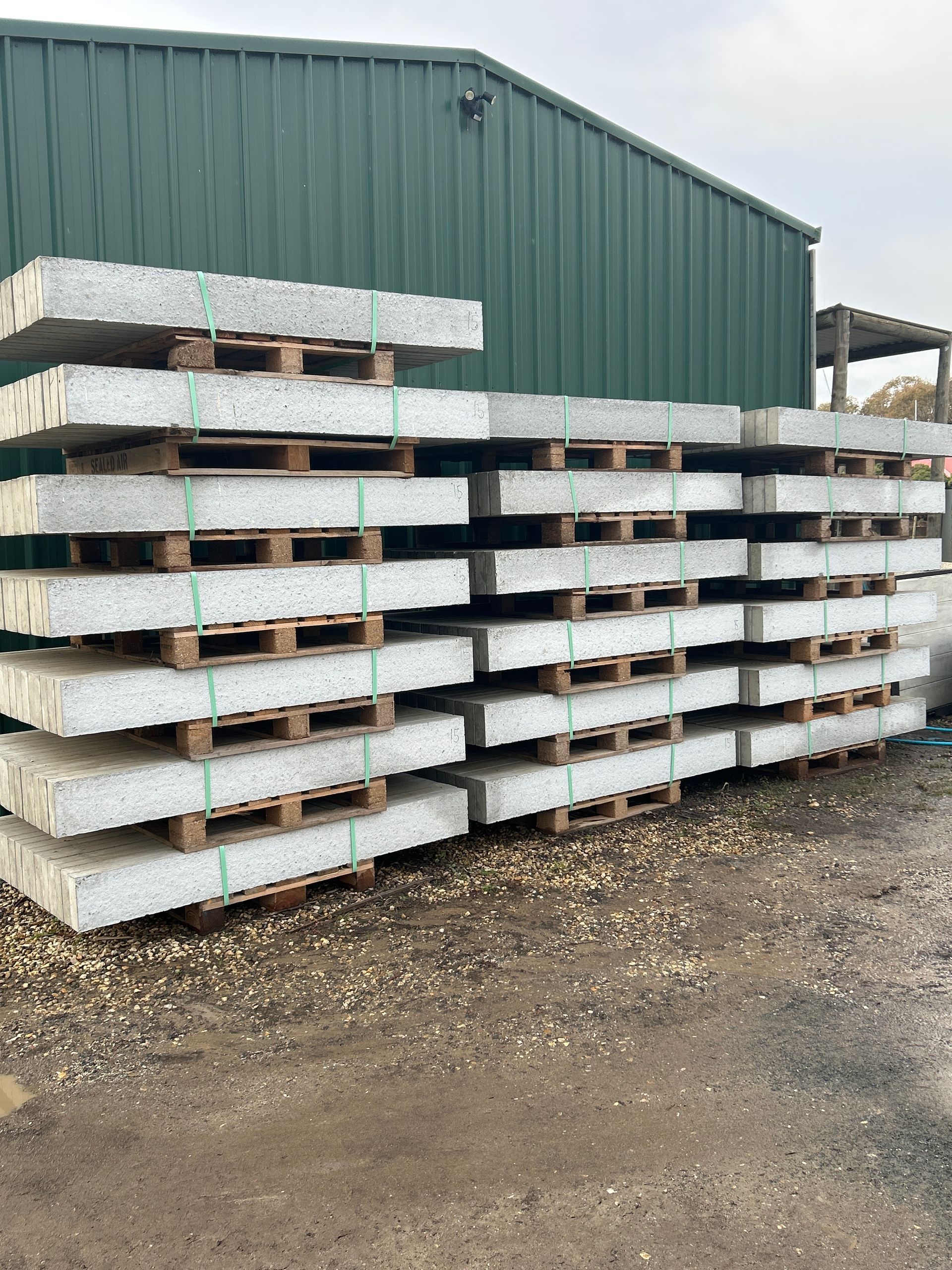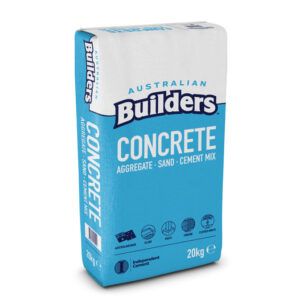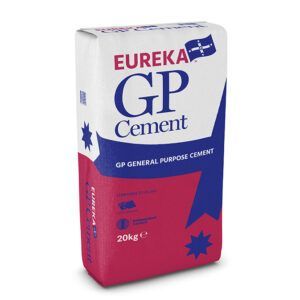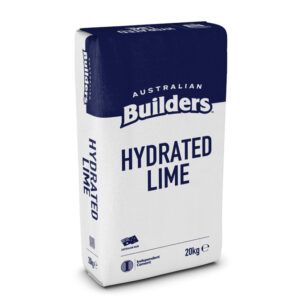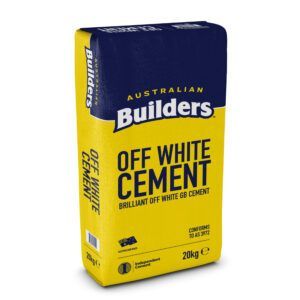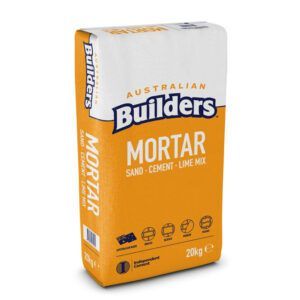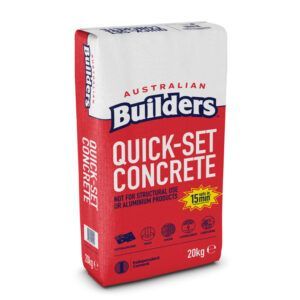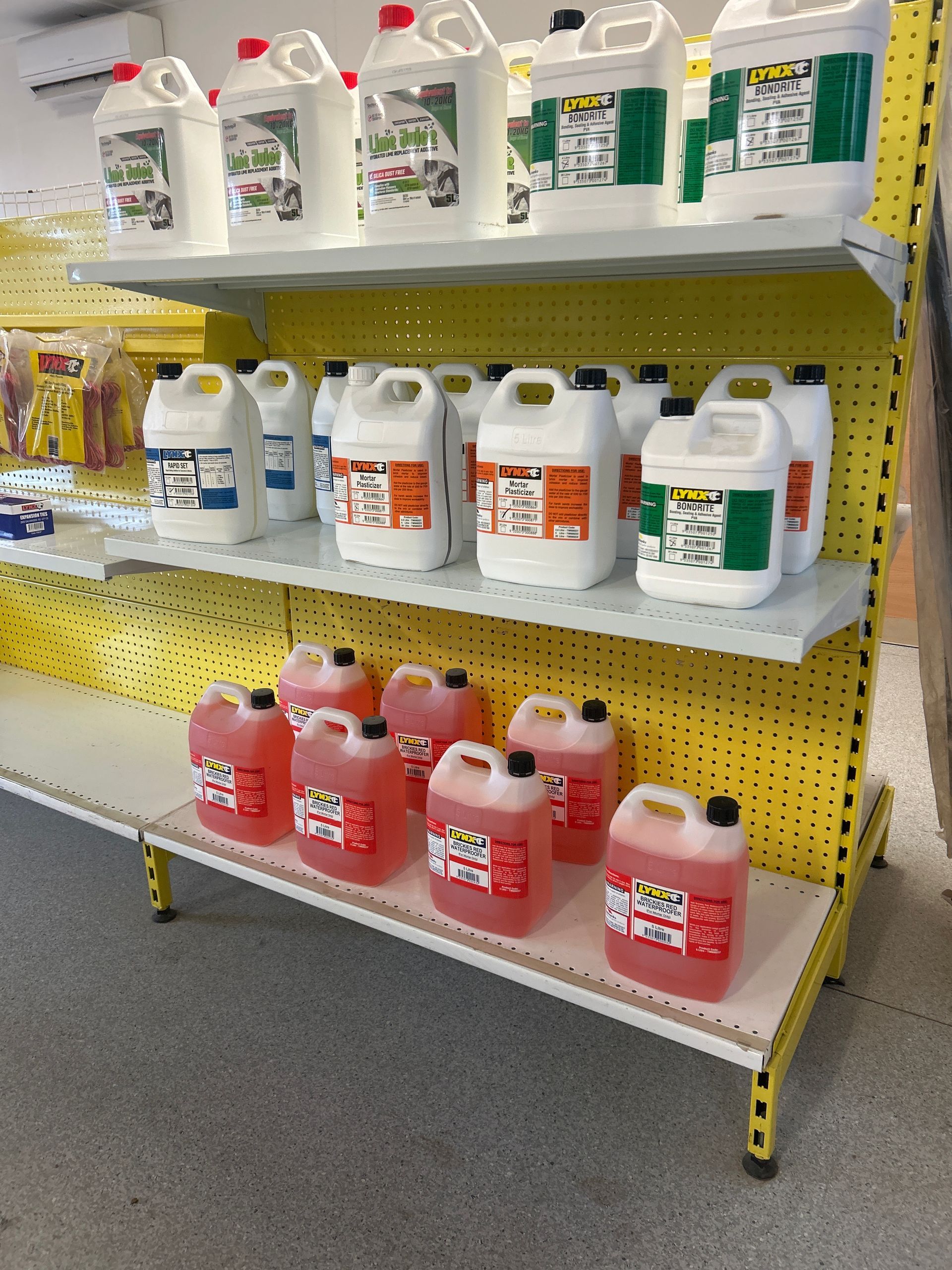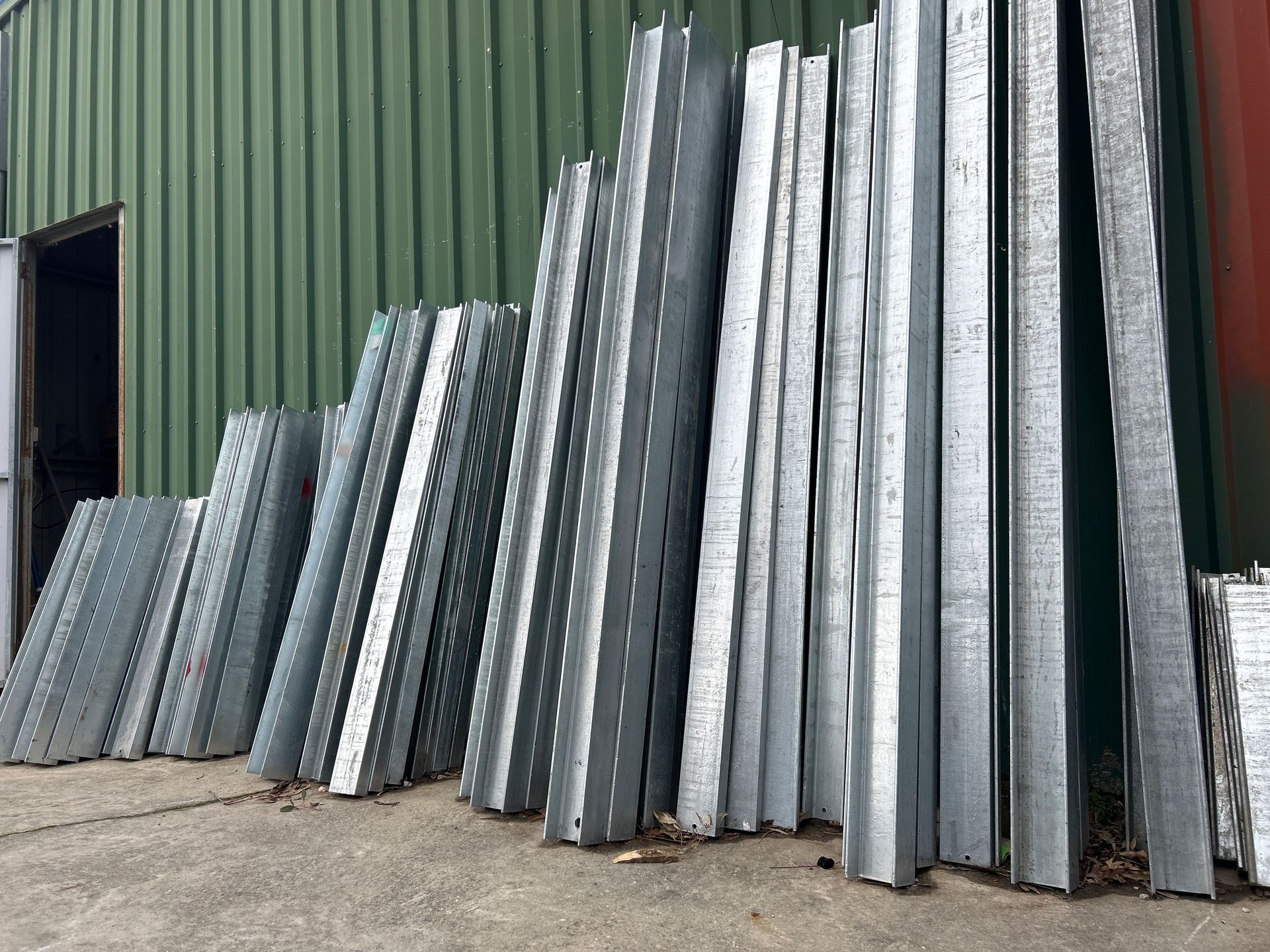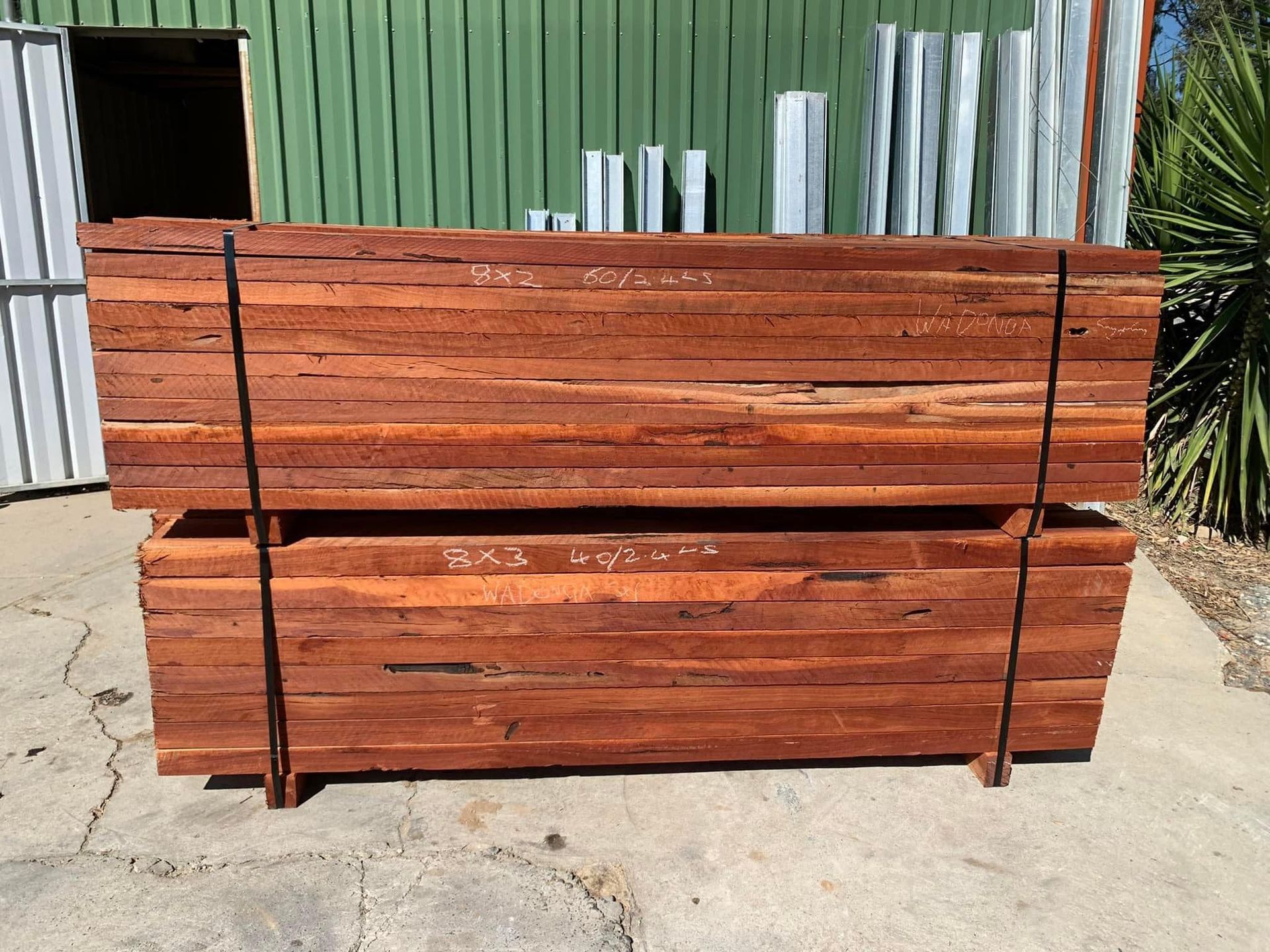Cement & Retaining Walls
in Wodonga
Expert Local Advice
Fast, Friendly Service
Quality Products, Great Prices
Free Product Guidance
Trusted Since 2011
Effortless Trailer Hire
Wodonga Cement & Retaining Walls
Strong landscaping starts with solid foundations—and that’s where Wodonga Sand & Soil makes a real difference. Based right here in Wodonga, we stock quality cement products and retaining wall materials to help local homeowners and tradies build with confidence.
Whether you’re reinforcing garden beds or laying concrete footpaths, having access to the right supplies is critical to getting a long-lasting, safe result.
Our range is hand-picked for performance, making it easier for you to get professional-level outcomes—no guesswork required.
We’ve been helping locals since 2011 with expert advice, dependable products, and friendly service. For all your cement and retaining wall needs in Wodonga and surrounds, call 02 6056 3355 to speak with our team.
Supplying locals since 2011.
Materials to Build with Confidence
Retaining walls and concrete work might look straightforward—but if you’ve ever dealt with cracking, poor drainage, or materials that just don’t hold up, you know the value of getting it right the first time.
At Wodonga Sand & Soil, you’ll find reliable supplies like bagged cement, hydrated lime, and concrete blend, plus everything you need to construct retaining walls—from sleepers to gravel and drainage aggregate. We supply materials that meet Australian standards, so your build is safe, functional, and built to last.
Whether you’re creating levels in your backyard or pouring a slab for your garden shed, we’re here to help you get it done efficiently and properly.
Drop in to our Wodonga yard, bring your trailer, or ask about delivery—we make it easy to get started. Need advice before you buy? Call
02 6056 3355 and we’ll point you in the right direction.
What type of cement should I use for DIY concreting?
For most DIY concreting projects, such as footpaths, garden slabs, or posts, general-purpose cement (GP cement) is the go-to choice. It’s versatile, readily available, and suitable for a wide range of applications when combined with sand and aggregate to create concrete. For small projects, pre-mixed concrete blends are ideal. These blends already contain the correct ratios of sand, gravel, and cement—so users only need to add water.
This takes the guesswork out of the process and helps ensure strength and consistency. For faster setting times or when working in colder climates,
rapid set cement may be preferred, but it must be used quickly and with care to avoid premature hardening. Before starting any cement job, it's important to plan for curing time, weather conditions, and the required strength of the concrete. Proper mixing, placement, and curing are all essential to avoid cracks or weak spots.
What materials are needed to build a retaining wall?
Building a retaining wall requires more than just the visible blocks or sleepers. A successful wall includes a strong base, adequate drainage, and backfill materials to prevent movement or water damage over time. Key materials typically include:
- Retaining wall blocks or timber sleepers (treated for outdoor use)
- Crushed rock or road base for the foundation
- Drainage aggregate and agg pipe to manage water runoff
- Geotextile fabric to separate soil from drainage zones
- Cement or concrete mix if anchoring posts or pouring footings
- Backfill soil and compaction tools to secure the structure
Each component plays a critical role. Without proper drainage or a level base, walls are likely to lean, bulge, or collapse under pressure. Material choice also depends on the wall height, soil type, and whether it needs to support load-bearing weight.
Do I need council approval to build a retaining wall?
In many parts of Australia, council approval is required to build a retaining wall over a certain height—typically one metre or higher. Walls that are load-bearing, built near boundaries, or part of a larger construction project may also require permits, engineering reports, or inspections. Requirements vary by local government area, so it’s important to check with your local council before starting.
Even if a wall is under the threshold for formal approval, following best practices in design, drainage, and materials is still essential to prevent future issues. Poorly built retaining walls can become a safety hazard or cause legal complications if they fail or impact neighbouring properties.
